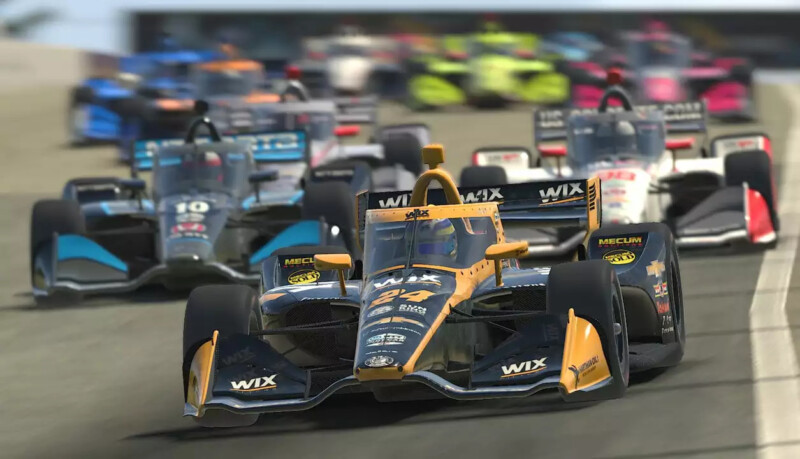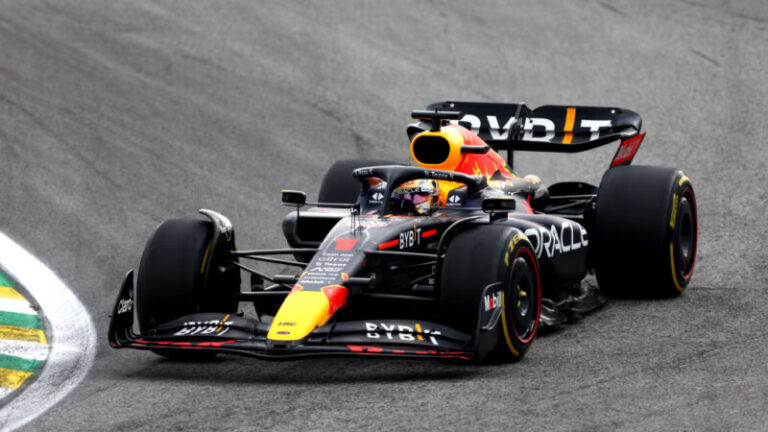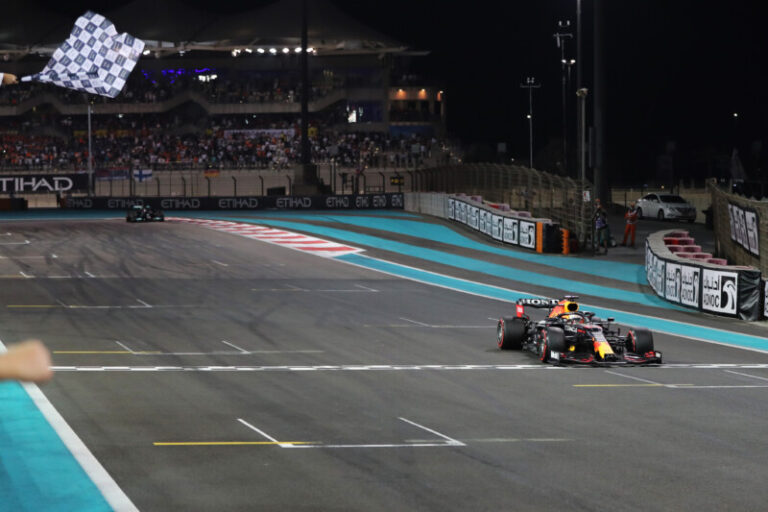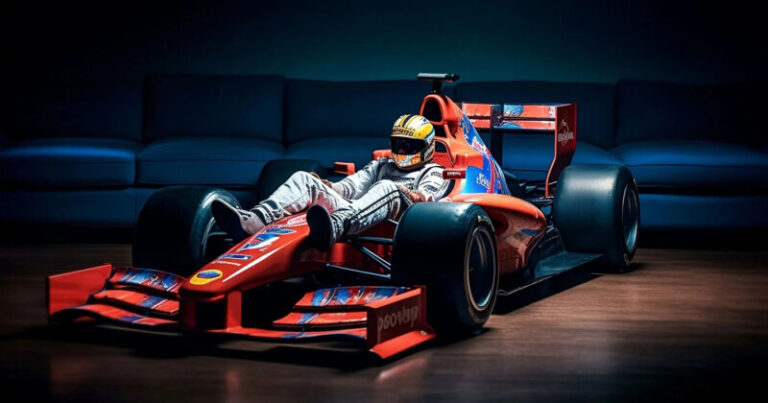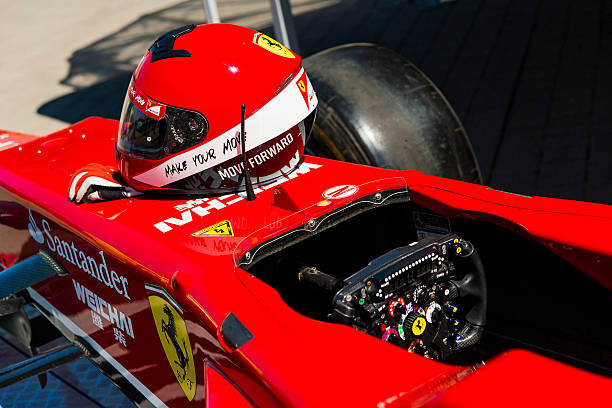IndyCar vs Formula 1 – A Detailed Comparison of Two Thrilling Motorsports
As a racing fan, I’m often asked – what are the main differences between the two premier open wheel racing series in the world – IndyCar and Formula 1? Both showcase incredible driving talent and cutting-edge automotive technology. However, they have distinct technical regulations, history and racing formats that offer unique flavors of high-speed competition.
In this article, I’ll provide a comprehensive comparison of IndyCar and Formula 1, highlighting the key elements that make each series special for drivers and fans. We’ll look at the cars, tracks, racing format and more to understand what sets these two exhilarating championships apart.
Overview of IndyCar

IndyCar is America’s premier open-wheel racing series, featuring incredibly fast and agile cars racing wheel-to-wheel on a wide variety of circuits across the United States. Some key facts about IndyCar:
- Features 17 races annually, primarily across the U.S.
- Races on short ovals, larger superspeedways, temporary street courses and permanent road courses.
- All teams use the same Dallara DW12 chassis powered by twin-turbo V6 engines from Honda or Chevrolet.
- Push-to-pass overtaking aid and refueling strategies add excitement.
- Pinnacle event is the iconic Indianapolis 500 with 33 starters.
Overview of Formula 1
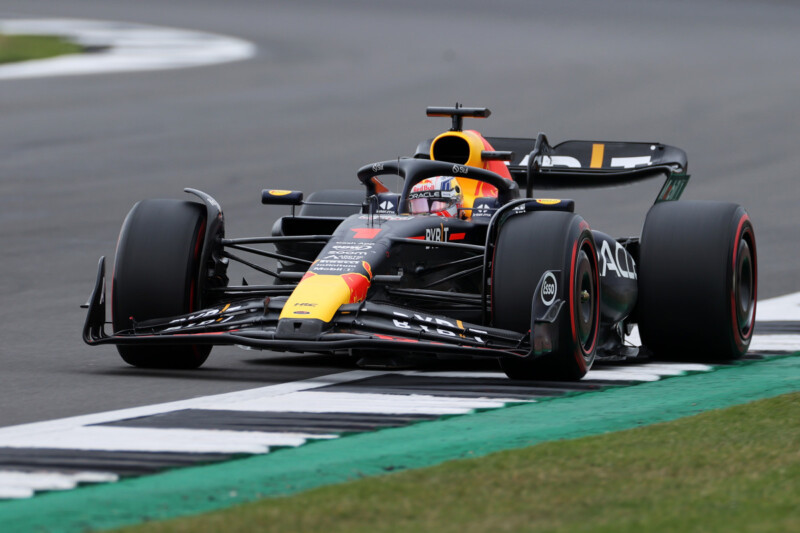
Formula 1 is the globe-trotting pinnacle of open wheel racing, showcasing cutting-edge automotive technology and driving talent. Some key facts about F1:
- 22 race calendar with events across five continents.
- Races held at purpose-built F1 tracks and temporary street circuits.
- Constructors design their own chassis and powertrains within the regulations.
- Advanced hybrid turbo power units and complex aerodynamics make the cars incredibly quick.
- Strategies focused on tire compounds and fuel loads.
- Crown jewel event is the Monaco Grand Prix on the streets of Monte Carlo.
Now let’s do a deep dive on the key elements that differentiate these two racing formulas.
Here are the key differences between F1 and IndyCar
Chassis and Engines
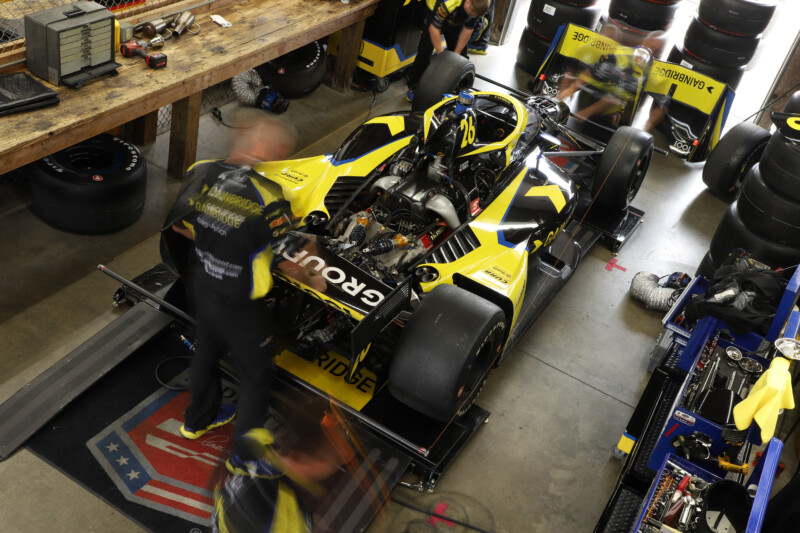
IndyCar features a spec chassis from Dallara, meaning all teams race with the same fundamental car design or chassis. This levels the playing field and puts more emphasis on driver skill and race strategy rather than just engineering might. The DW12 chassis features:
- Carbon fiber composite monocoque safety cell.
- Steel tube subframes for mounting suspension and crash structures.
- Aluminum honeycomb sidepods and engine cover for impact protection.
For engines, teams can choose between twin-turbocharged 2.2L V6 motors from Honda or Chevrolet producing between 550 to 700 hp depending on the track. More straightforward engine design compared to F1 but still produce tremendous power.
In Formula 1, constructors design their own unique chassis and engines within the regulations, leading to greater diversity in shapes and concepts between teams. Key elements include:
- Carbon fiber composite monocoques designed for maximum stiffness and minimal weight.
- More tightly packaged designs with shrink-wrapped bodywork compared to IndyCar.
- 1.6L turbo hybrid V6 power units with electric boost producing over 1,000 hp.
- Ultra-sophisticated power unit design and management strategy.
This freedom in F1 design creates greater performance gaps between teams based on resources and ingenuity.
Aerodynamics – Wings and Ground Effects
IndyCar feature large front and rear wings for downforce and stability through high speed turns. Key aero elements:
- Adjustable front wing flaps to tune downforce balance.
- Large rear wing provides bulk of downforce.
- Underbody tunnels generate low pressure for additional grip.
Formula 1 has incredibly complex aerodynamics maximizing downforce for faster cornering. Advancements include:
- Smaller front and rear wings supplemented by underbody venturi tunnels.
- Vortex generators and an array of fins guide airflow.
- Drag reduction system (DRS) on rear wing reduces drag for overtaking.
The advanced aero makes following another car very difficult in F1 compared to IndyCar. This has required regulation changes to improve wheel-to-wheel racing.
Diversity of Tracks

The variety of circuits is a big differentiation between both series.
IndyCar races on:
- Short ovals like Iowa Speedway.
- Larger superspeedways like Auto Club Speedway.
- Temporary street courses such as Long Beach.
- Permanent road courses like Barber Motorsports Park.
This diversity challenges teams to optimize cars for different track characteristics.
Formula 1 races at:
- Primarily permanent race tracks optimized for F1.
- Legendary circuits like Monza, Silverstone and Spa.
- Unique street races in Monaco, Singapore and Baku.
- New destinations like Miami and Las Vegas.
The changing circuits keep team strategies adaptable.
Car Performance and Speed
While specifications are fixed in IndyCar, there remains significant performance differences between the Honda and Chevrolet entries, sometimes varying by several mph down the straights. The lack of power steering also provides a stiff physical test for drivers.
Formula 1 sees bigger performance gaps between teams due to the open development. However, regulations try to maintain competitiveness. F1 cars generate tremendous downforce for mind-blowing cornering speeds. The hybrid power units and DRS also create massive straightline speeds.
So while an F1 car would beat an IndyCar around most tracks due to greater grip and power, the differences aren’t massive and the racing is still incredibly close.
Racing Format
IndyCar features:
- Race distances between 90 minutes to 2 hours plus 1 lap.
- Pit stops for new tires and fuel to complete the distance.
- Push-to-pass overtake aid gives temporary horsepower boost.
- Qualifying dictates starting grid position.
Formula 1 has:
- Race distances max around 305km/2 hours.
- Typically one or two pit stops for new tire compounds.
- DRS detection zones enable use of the overtaking aid.
- Saturday sprint qualifying decides the starting grid.
The strategies around tire choice, fuel runs and overtaking tools provide lots of variables for teams to master.
Conclusion
While IndyCar and Formula 1 are both open-wheel formulas producing exhilarating racing, they provide distinct flavors of speed competition. IndyCar’s control chassis and engine formula helps contain costs and keep the focus on drivers, setups and racecraft. F1 is the high-tech pinnacle, with the best drivers extracting every ounce of performance from the sophisticated cars. The variety across disciplines, circuits and formats give fans plenty to savor. I hope this guide provides useful insight into what makes each series unique and appealing. Whether you prefer screaming V6s tearing around the Brickyard at 230mph or the wail of a hybrid power unit at Monza, enjoy the rush of world-class open wheel racing!

